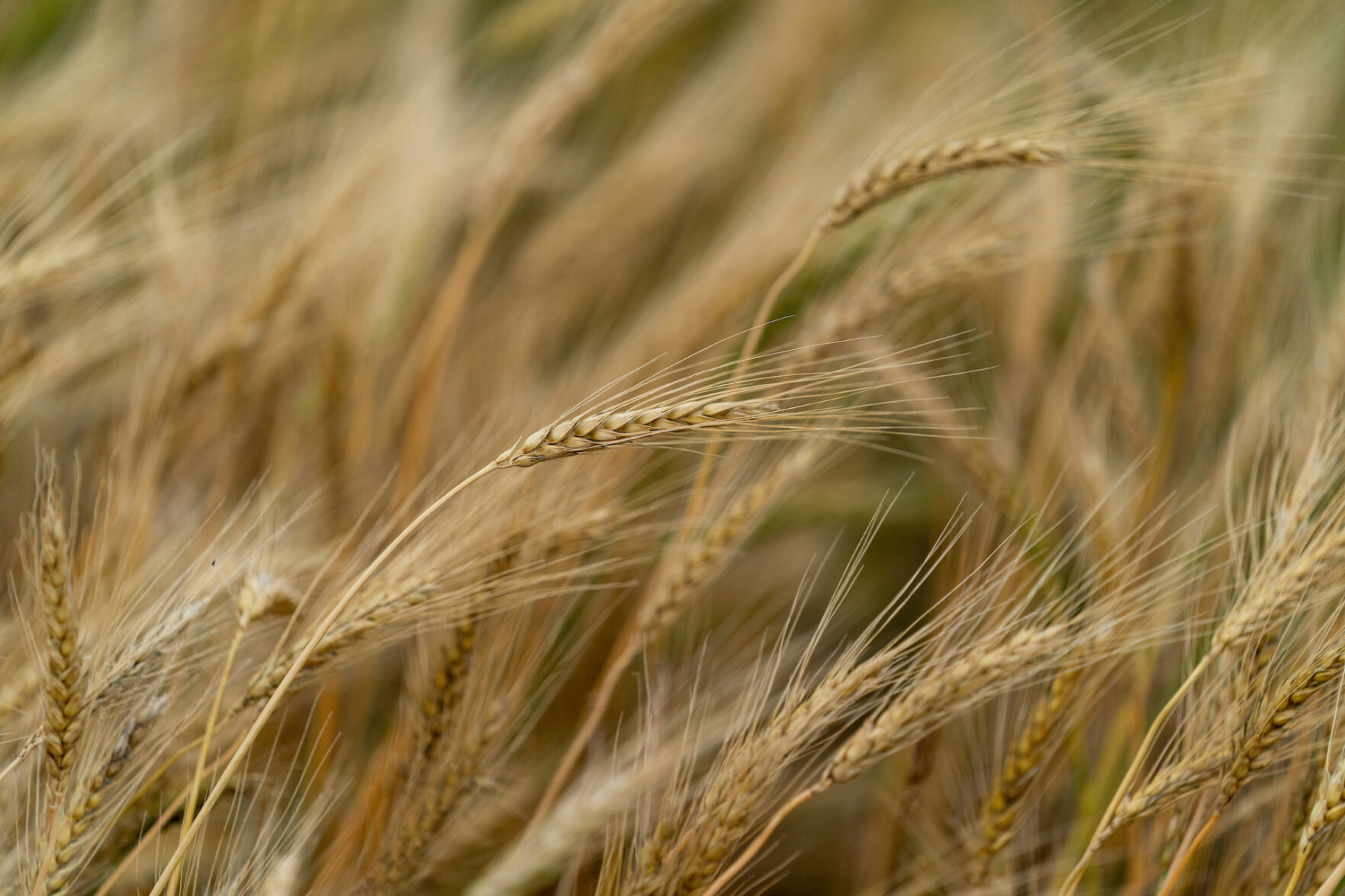Mother Nature threw about everything in the weather book this past year at the statewide wheat crop—from drought to floods and heavy ice to late freezes. Such conditions allow experts with the Texas A&M AgriLife Extension Service and Texas A&M AgriLife Research to see how varieties grow under adversity and select top performers.
A wheat “Picks” list for top performing varieties is released each year before planting time by the Texas A&M AgriLife experts, said Fernando Guillen-Portal, Ph.D., AgriLife Extension statewide small grains specialist, Bryan-College Station. They examine data from the past year’s wheat variety trials coordinated by the Wheat Improvement Programs in Amarillo and Bryan-College Station, with funding provided by variety trial entry fees and the Texas Wheat Producers Board.
The Picks varieties must show stability within their target regions over a three-year period, Guillen-Portal said. Variable growing conditions such as lack of soil moisture at planting, freezing temperatures during early growth and near the onset of the reproductive stage, terminal drought, excessive moisture during the grain-fill stage, and disease and insect pressure, mainly stripe rust, leaf rust and Hessian fly, can affect performance in any one growing season. This three-year average provides a more accurate picture of performance.
Also, he said, Picks are not necessarily the numerical top yielders. They consider end-use quality, important disease resistance traits, insect tolerance and standability. This important varietal trait information enables a producer to better manage potential risk.
2020-2021 growing conditions across the state
Some High Plains fields benefited from an October rain, but across much of the region it was accompanied by ice, said Jourdan Bell, Ph.D., AgriLife Extension agronomist, Amarillo. Many fields were dry-sowed following corn and cotton harvest. There was minimal winter precipitation through the central and northern Panhandle, resulting in another dry winter.
South Plains producers benefited from several early winter snow events. The severe freeze in February caused some injury in southern, more mature fields, but across the region there was either no injury or minimal injury. Much of the region received several inches of snow before the onset of sub-zero temperatures, and timely snow buffered the wheat from extreme temperatures and potential injury.
Emi Kimura, Ph.D., AgriLife Extension agronomist, Vernon, said the Rolling Plains’ wheat season started with mild soil temperature in the fall. However, dry conditions persisted during planting season through March, which reduced forage production potential for dual-purpose and small grain pastures. In addition to the lack of soil moisture, the mid-February freeze slowed the development, which further reduced forage production in the region.
Reagan Noland, Ph.D., AgriLife Extension agronomist, San Angelo, said establishment and fall growth in the Southern Rolling Plains/Concho Valley areas were also severely limited by dry conditions. In some parts of the region wheat did not germinate and establish until January. Conditions remained abnormally dry through the key months of March and April, followed by adequate rainfall and cooler-than-normal temperatures through May and into June.
These conditions generally highlighted the most drought-tolerant and late-maturing varieties that still had potential for grain development in May. Dryland yields across the region were low, with considerable failed acreage. Irrigated production was generally successful, with very limited pest, disease or environmental issues aside from drought.
The agronomists said that in spite of the dry winter conditions and the extreme freeze in February, cool late-spring temperatures and above-average precipitation helped finish out the season and increased the grain yield potential for many producers. And while some harvest was delayed due to the continuous rainfall in May and June, yields were above the long-term average in many areas.
High Plains, South Plains Picks
Wheat grain variety Picks were designated based on performance of varieties in 20 different trials conducted from 2019-2021 under irrigated and dryland conditions.
— Full Irrigation Picks – TAM 113, TAM 114, TAM 115, TAM 205 and WB 4792.
— Limited Irrigation Picks – TAM 113, TAM 114, TAM 115, TAM 205, WB Winterhawk and WB4792.
— Dryland – TAM 113, TAM 114, TAM 115, TAM 205, Winterhawk and WB4792.
— Watch List – Canvas was added to the full irrigation and limited irrigation lists, and Croplan 7869 was named to all three lists. Winterhawk and SY Wolverine were placed on the watch list for full irrigation, as they were not evaluated this past year under full irrigation.
More in-depth evaluation and a complete discussion of the performance of these varieties is available.
Rolling Plains Picks
The Picks varieties were selected based on the Texas Rolling Plains Uniform Variety Trial in Hardeman and Haskell counties for grain-only and the Foard, Wilbarger and Haskell county trials for dual-purpose use.
– Grain-only Pick – WB 4792, TAM 205, SY Bob Dole and TAM 114.
– Grain-only Watch – WB 4595.
– Dual-purpose Pick – WB 4792, WB 4595, GreenHammer and TAM 114.
More information on variety trial results, including height, rust rating, yields and test weight for each trial site are available at Texas Rolling Plains agronomy website.
Southern Rolling Plains Picks
Picks varieties were selected based on Uniform Variety Trials in Taylor, McCulloch and Tom Green counties, and a replicated wheat variety trial in Concho County.
– Picks List – TAM 114, Gallagher, WB 4792, TAM 205, WB 4418.
– Watch List – SY Rugged, TAM 115, SY Bob Dole
Blacklands and South Texas Picks
The winter wheat grain variety Picks for the Blacklands were based on yield performance and consistency from 15 dryland trials.
– Picks – TAM 114, TAM 304, SY Bob Dole, WB4699 and TAM 205.
The Picks for South Texas are based on nine dryland and limited irrigated trials.
– Picks – TAM 304 and Gallagher.
